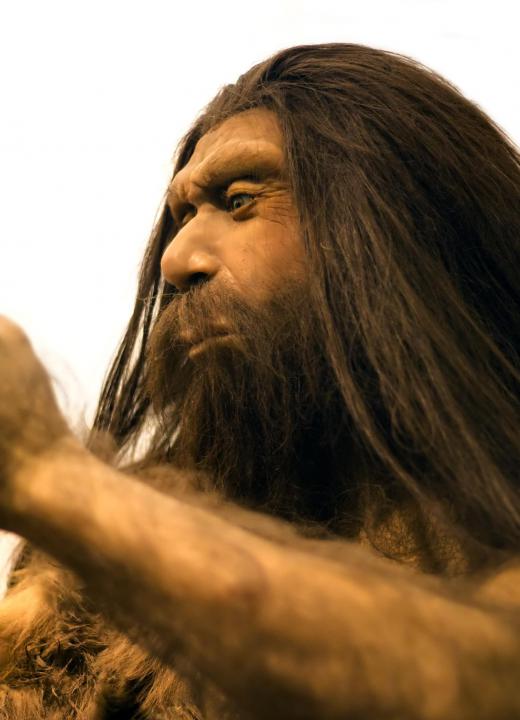What is a Cave Bear?
 Michael Anissimov
Michael Anissimov
The cave bear was a Pleistocene animal that evolved a couple million years ago and went extinct at the end of the last Ice Age, about 20,000 years ago. Unlike the more familiar Brown Bear, which only uses caves for hibernation, cave bears spent much more time in caves, as evidenced by fossil finds of this species being mostly in caves. In one cave in Romania, Peştera Urşilor (Bears' Cave), 140 skeletons of cave bearswere found. This likely denotes several generations of the animal living in the same cave.
It is likely that humans are responsible for the extinction of the cave bear, due to competition for the warm shelter of caves. The cave bear would not have given up without a fight, though – the species was about 30% larger than the Brown Bear, with a weight up to one short ton (1000 kg), and a height at the shoulder of 3.5 m. The other difference in appearance was a steeper forehead than that of a Brown Bear.

Unlike its contemporary relative, the short-faced American bear Arctodus, the Eurasian cave bear was largely herbivorous, consuming herbs, grass, berries, and honey from wild bees. Strictly speaking, the cave bear was an omnivore, except during the summer, when it lived on an all-plant diet.
Being highly dependent on plant material for food, cave bears suffered throughout the Pleistocene, which was a time of dropping temperatures, glaciations, and retreating forests. As forests died out, they were replaced by wide, cold, grassy steppes that did not provide sufficient food. This, in combination with human competition, led to the animal’s demise.
In May 2005, scientists in California were able to recover DNA from the tooth of a cave bear that lived between 42,000 and 44,000 years ago. This DNA was sequenced and 21 cave bear genes were uncovered. This is one of several examples of successful recovery of genetic material from extinct species, and raises the possibility that cave bears, along with other Pleistocene animals, might be recreated using biotechnology in the not-too-distant future.
AS FEATURED ON:
AS FEATURED ON:











Discuss this Article
Post your comments